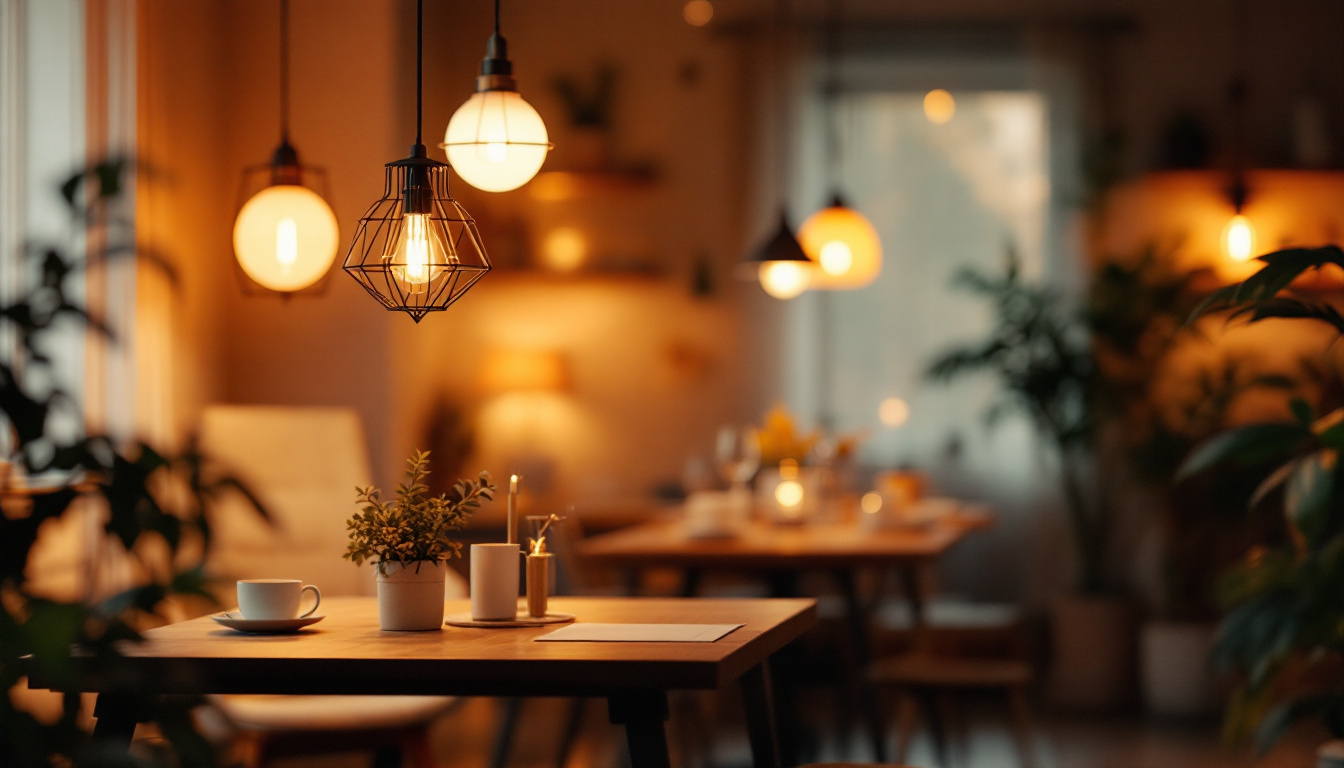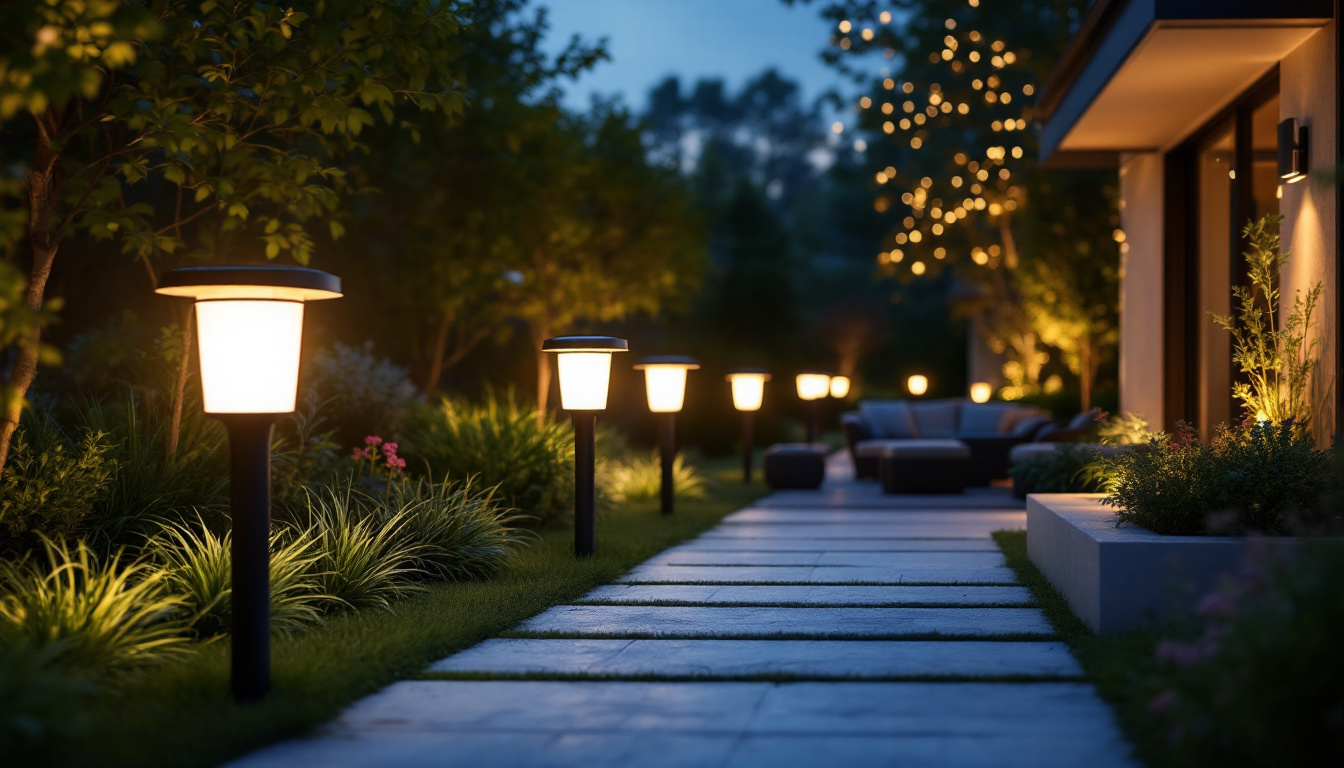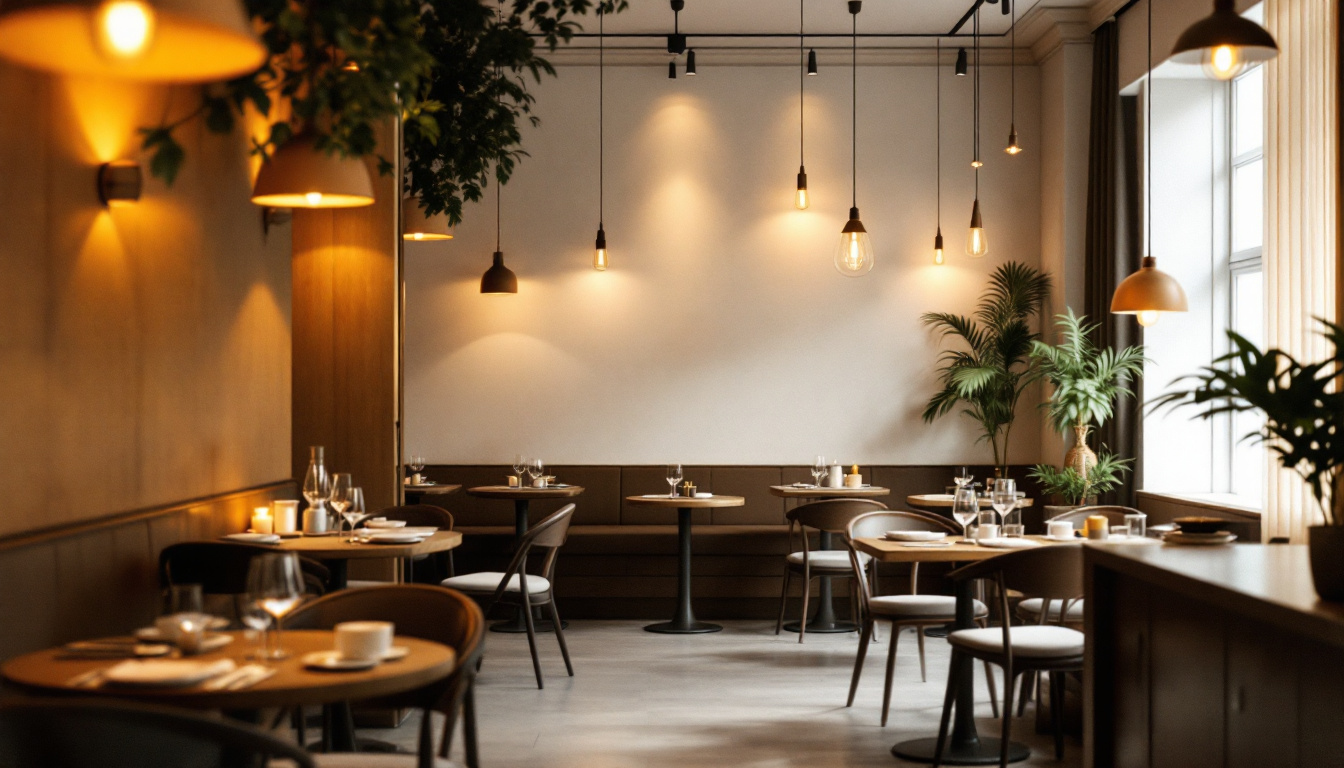

In the world of lighting design, the right choice of fixtures can make all the difference. For lighting contractors, understanding the various types of lights and their applications is crucial to creating effective and aesthetically pleasing environments. This article delves into the different types of lights, their unique characteristics, and how to utilize them for better lighting designs.
Lighting can be broadly categorized into several types, each serving a specific purpose and offering distinct advantages. Familiarity with these types allows lighting contractors to tailor solutions to meet the needs of their clients effectively.
Ambient lighting is the foundational layer of illumination in any space. It provides a uniform level of light that ensures visibility and comfort. This type of lighting is essential in both residential and commercial settings, as it sets the overall mood and tone of the environment.
Common sources of ambient lighting include ceiling-mounted fixtures, chandeliers, and wall sconces. When designing ambient lighting, it is vital to consider the color temperature and brightness to create a welcoming atmosphere. Soft, warm tones often work best in living spaces, while cooler tones may be more appropriate for work environments. Additionally, the use of dimmers can enhance the versatility of ambient lighting, allowing users to adjust the brightness according to the time of day or the activity taking place, thus creating a more dynamic and adaptable environment.
Task lighting is specifically designed to illuminate areas where activities such as reading, cooking, or working take place. This type of lighting is crucial for enhancing productivity and ensuring safety in various environments.
Examples of task lighting include desk lamps, under-cabinet lights, and pendant lights over kitchen islands. When selecting task lighting, it is essential to focus on the intensity and direction of the light. Adjustable fixtures can provide flexibility, allowing users to direct light precisely where it is needed. Furthermore, incorporating LED technology into task lighting solutions can lead to energy savings and longer lifespans for bulbs, making them a practical choice for both home and office settings. The right task lighting can significantly reduce eye strain and improve focus, making it an indispensable element in any well-designed space.
Accent lighting serves to highlight specific features or areas within a space, such as artwork, architectural details, or landscaping. This type of lighting adds depth and dimension to a design, creating visual interest and enhancing the overall aesthetic.
Common sources of accent lighting include track lights, spotlights, and wall-mounted fixtures. When implementing accent lighting, it is important to consider the contrast between the illuminated area and its surroundings. This contrast can draw attention to the highlighted feature, making it a focal point in the design. Moreover, the strategic placement of accent lights can create dramatic effects, transforming a simple room into a captivating space. For instance, using warm accent lights to illuminate a piece of art can evoke emotion and draw the viewer’s eye, while outdoor accent lighting can enhance the beauty of a garden or patio, making it an inviting area for evening gatherings. The interplay of light and shadow created by accent lighting can also add a sense of depth, making spaces feel larger and more inviting.
Selecting the appropriate fixtures for a lighting design project is critical. The right fixtures not only enhance the functionality of the space but also contribute to its overall style. Here are some key considerations when choosing lighting fixtures.
The style of the fixtures should align with the overall design theme of the space. Whether it’s modern, traditional, or eclectic, the lighting fixtures should complement the existing decor. A well-chosen fixture can serve as a statement piece, adding character and charm to the environment.
For example, sleek, minimalist fixtures may be ideal for contemporary spaces, while ornate chandeliers may enhance a more traditional setting. It’s essential to consider the scale and proportion of the fixtures in relation to the room size and other elements within the space. Additionally, the finish of the fixtures—whether matte, polished, or brushed—can also play a significant role in how they interact with other materials in the room, such as wood, metal, or fabric. A cohesive look can be achieved by selecting fixtures that harmonize with the color palette and textures present in the design.
In today’s environmentally conscious market, energy efficiency is a significant factor in lighting design. Selecting fixtures that utilize LED technology can significantly reduce energy consumption and lower utility bills for clients.
LED fixtures not only consume less power but also have a longer lifespan compared to traditional incandescent bulbs. This longevity means less frequent replacements, which can be a selling point for clients looking to minimize maintenance costs. Furthermore, many LED fixtures now come with adjustable color temperatures, allowing users to choose between warm and cool lighting to suit various activities and moods. This versatility not only enhances the aesthetic appeal of the space but also supports energy-saving practices by allowing users to optimize their lighting needs throughout the day.
Incorporating control options into lighting designs can enhance user experience and flexibility. Dimmers, smart lighting systems, and programmable controls allow users to adjust the lighting according to their needs and preferences.
For instance, a dimmer switch can create a cozy atmosphere for a dinner party, while brighter lighting may be needed for tasks such as reading or working. Smart lighting systems can also be programmed to change throughout the day, mimicking natural light patterns and promoting well-being. Moreover, integrating voice-activated controls can further streamline the user experience, making it easy to adjust lighting without the need for physical switches. This technology not only adds convenience but can also be tailored to fit the lifestyle of the user, allowing for personalized settings that enhance comfort and functionality in any space.
As technology continues to evolve, innovative lighting techniques are emerging that can elevate lighting designs to new heights. Understanding these techniques can help lighting contractors offer cutting-edge solutions to their clients.
Layered lighting involves combining different types of lighting—ambient, task, and accent—to create a well-rounded lighting scheme. This approach allows for greater flexibility and adaptability in various environments.
By strategically layering light, designers can create zones within a space, enhancing functionality and aesthetics. For example, a living room might feature ambient lighting from ceiling fixtures, task lighting from floor lamps, and accent lighting to highlight artwork. This combination creates a dynamic atmosphere that can be adjusted to suit different activities and moods.
Integrating natural light into lighting designs is an increasingly popular trend. This approach not only reduces reliance on artificial lighting but also promotes well-being and enhances the overall ambiance of a space.
Incorporating large windows, skylights, or light tubes can help maximize natural light. Additionally, using reflective surfaces, such as mirrors and light-colored walls, can amplify the effect of natural light, creating a brighter and more inviting environment.
The color temperature of lighting can significantly influence the mood of a space. Understanding the psychological effects of different color temperatures allows lighting contractors to tailor designs to evoke specific feelings and responses.
Warm white light (around 2700K) is often associated with comfort and relaxation, making it ideal for residential spaces. In contrast, cooler white light (above 4000K) is stimulating and energizing, making it suitable for work environments. By choosing the right color temperature, designers can create spaces that resonate with the intended purpose and atmosphere.
One of the most frequent mistakes in lighting design is selecting fixtures that do not fit the scale of the space. Oversized fixtures can overwhelm a small room, while tiny fixtures may get lost in a large area.
To avoid this issue, it is essential to consider the size of the room and the height of the ceiling when selecting fixtures. A well-proportioned fixture will enhance the space rather than detract from it, contributing to a balanced and harmonious design.
Failing to incorporate layered lighting can lead to a flat and uninspiring design. Relying solely on ambient lighting can create a dull atmosphere, while a lack of task and accent lighting can result in inadequate functionality.
To create a vibrant and dynamic space, it is crucial to think in layers. By combining different types of lighting, designers can create depth and interest, ensuring that the space is both functional and visually appealing.
Maintenance is an often-overlooked aspect of lighting design. Selecting fixtures that are difficult to access for bulb replacement or cleaning can lead to frustration for clients.
When designing lighting systems, it is essential to consider the ease of maintenance. Choosing fixtures that are easy to clean and replace can save clients time and effort in the long run, ensuring that their lighting remains functional and attractive.
In conclusion, understanding the different types of lights and their applications is key to creating effective lighting designs. By selecting the right fixtures, incorporating innovative techniques, and avoiding common mistakes, lighting contractors can elevate their projects and meet the diverse needs of their clients.
As the lighting industry continues to evolve, staying informed about the latest trends and technologies will empower contractors to deliver exceptional results. Embracing the principles of layered lighting, energy efficiency, and natural light integration can lead to more sustainable and aesthetically pleasing environments.
Ultimately, the secret to better lighting designs lies in a thoughtful and informed approach to type lights. By mastering the art of lighting design, contractors can transform spaces, enhance experiences, and create lasting impressions.
Ready to take your lighting designs to the next level? At LumenWholesale, we provide lighting contractors with the finest spec-grade lighting products at prices that can’t be beaten. Say goodbye to unnecessary markups and hello to a vast selection of industry-standard lighting solutions that promise reliability and high performance for every project. With the added convenience of free shipping on bulk orders, you can trust LumenWholesale to supply premium lighting at the best value, ensuring your designs not only look great but are also cost-effective and hassle-free. Elevate your lighting game and experience wholesale lighting at the best value today.

Discover how solar-powered outdoor lighting is transforming the industry with sustainable innovation.

Discover how to enhance your restaurant’s ambiance and energy efficiency with expert tips on optimizing lighting.

Discover how 4ft LED lights are revolutionizing the lighting industry for contractors.

Discover why purchasing flat panel lights in bulk from local distributors might not be the best choice.
Get notified when NEW deals are released.
Optimize your budget with wholesale discounts.
Only top-quality, specification-grade lighting products.
No additional costs at checkout - what you see is what you pay.
We understand the unique needs of contractors.